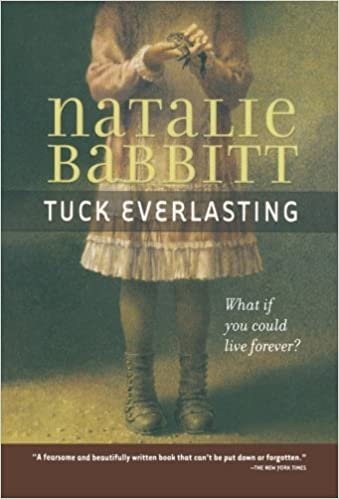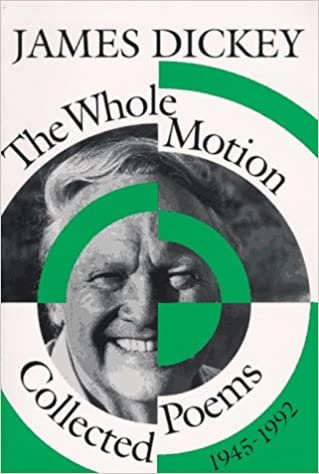[This post oriignally appeared on Timothy Bateson’s blog, mid Oct 2019]
Let’s say someone wants to write about werewolves but nothing they’re coming up with fits “werewolf.” Probably they’re putting the hearse before the horse. Their interest is on the were, not the were’s purpose in the story.
Werecreatures are nothing new. Cave drawings frequently depict humanimals. Study any culture’s mythology and one wonders who wasn’t a werecreature. The concept of versipellics as evil is relatively new compared to human recorded history (about 800 years v 35,000 years).
A significant aspect of versipellic history is that skin-changing was a spiritual exercise, not a magical exercise. This spiritual aspect remains today in the concept of shapeshifting as evil. The Malleus Maleficarum provided details about all such “magickal” practices but the reason to hunt down practitioners was political; practitioners threatened the power and authority of Mother Church. What do you do when you’re a religious authority and you want to get rid of the opposition? You label it evil, demonic, satanic. You’ll find much the same propagandic reasoning in today’s political speeches. The US was The Great Satan to Ruhollah (Ayatollah) Khomeini. Reagan called Soviet Russia “The Evil Empire,” and Trump’s rhetoric…well, let’s not go there.
Culture makes a difference. Judeo-Christian teaching is that versipellics are evil; God and the Angels never change shape. Satan and the Fallen Angels do (they don’t want you to know who they are). Read religious dogma from other cultures and versipellism is good or evil depending on why it’s being done. It’s the individual’s reason for shapeshifting, not the fact that they can shapeshift, that determines the morality of the transmutation.
Modern scifi/fantasy may have versipellism caused by any number of reasons. Hank McCoy (Marvel’s Beast, genetic) owes much of existence to versipellism, as does Bruce Banner (The Hulk, radiation). Superheroes as a group owe a nod to versipellism; they have two identities, two personalities, one wears the skin of everyday clothing, the other the skin of their superhero costume, and like any good werewolf, the needs of each identity are at odds with the other. Only recently have superheroes walked among non-supers openly (The Incredibles, The Incredibles 2, Robert Downey Jr’s Tony Stark procliaming from the podium “I am IronMan,” Amazon’s “The Boys”).
Greetings! I’m your friendly, neighborhood Threshold Guardian. This is a protected post. Protected posts in the My Work, Marketing, and StoryCrafting categories require a subscription (starting at 1$US/month) to access. Protected posts outside those categories require a General (free) membership.
Members and Subscribers can LogIn. Non members can join. Non-protected posts (there are several) are available to everyone.
Want to learn more about why I use a subscription model? Read More ch-ch-ch-ch-Changes Enjoy!



